Lovart AI is the new threat designers didn’t need
It claims to have the "capabilities of an award-winning creative team."
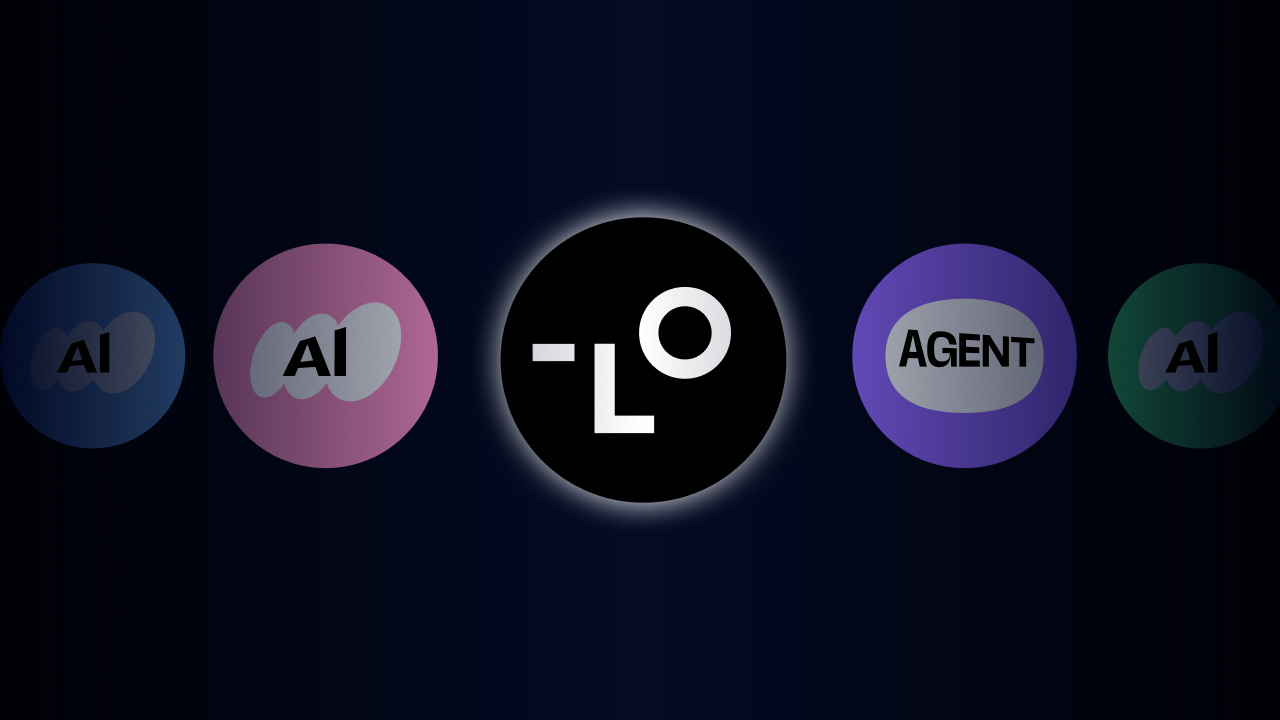
AI has been a perpetual looming threat to the creative industries, with the technology developing faster than we can regulate it. With AI advertising and VFX corner-cutting becoming more normalised, it's an uncertain time for the community, but now a new opponent has entered the ring, legitimising fears that AI could replace human talent.
Meet Lovart, an AI co-pilot designed to meet all your design and branding needs. Supposedly equipped with the "capabilities of an award-winning creative team," Lovart slithers onto the scene as a sleazy alternative to hiring traditional design agencies – and with a $90 per month price tag, it's a corner-cutting all-in-one service with an undeniably accessible edge.
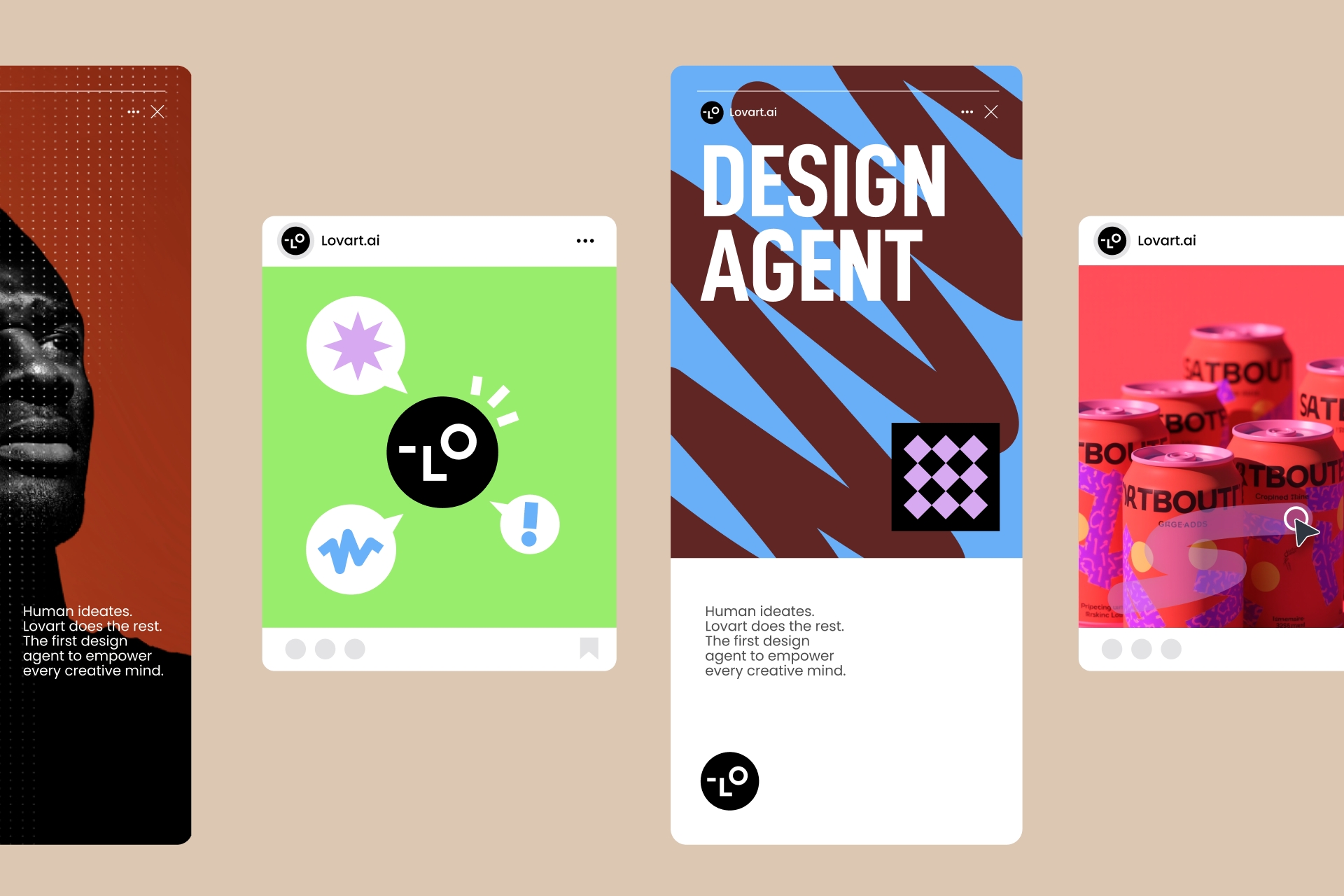
San Francisco-based Lovart AI was immensely popular in its beta, attracting over 800,000 testers. Its mission was simple: "generate six-figure or higher branding and advertising campaigns using nothing more than a single text prompt." The co-piot tool is powered by a "proprietary creative reasoning engine, MCoT (Mind Chain of Thought)," allegedly capable of analysing the brand's business context and audience requirements, all while remaining "on par with top-tier Creative Directors and professional-grade visual assets."
Despite it essentially being a robo CCO surrogate, Lovart boasts its human-like interactivity, with user recall, workflow learning and prediction, and "Autonomous Design Intelligence" that guides you from conception to finalised output with "unexpected, witty, and human-like flair." It's unique "Chat Canvas" is optimised for creative collaboration between man and machine, while business is taken care of by specialised AI agents that each manage a distinct creative task.
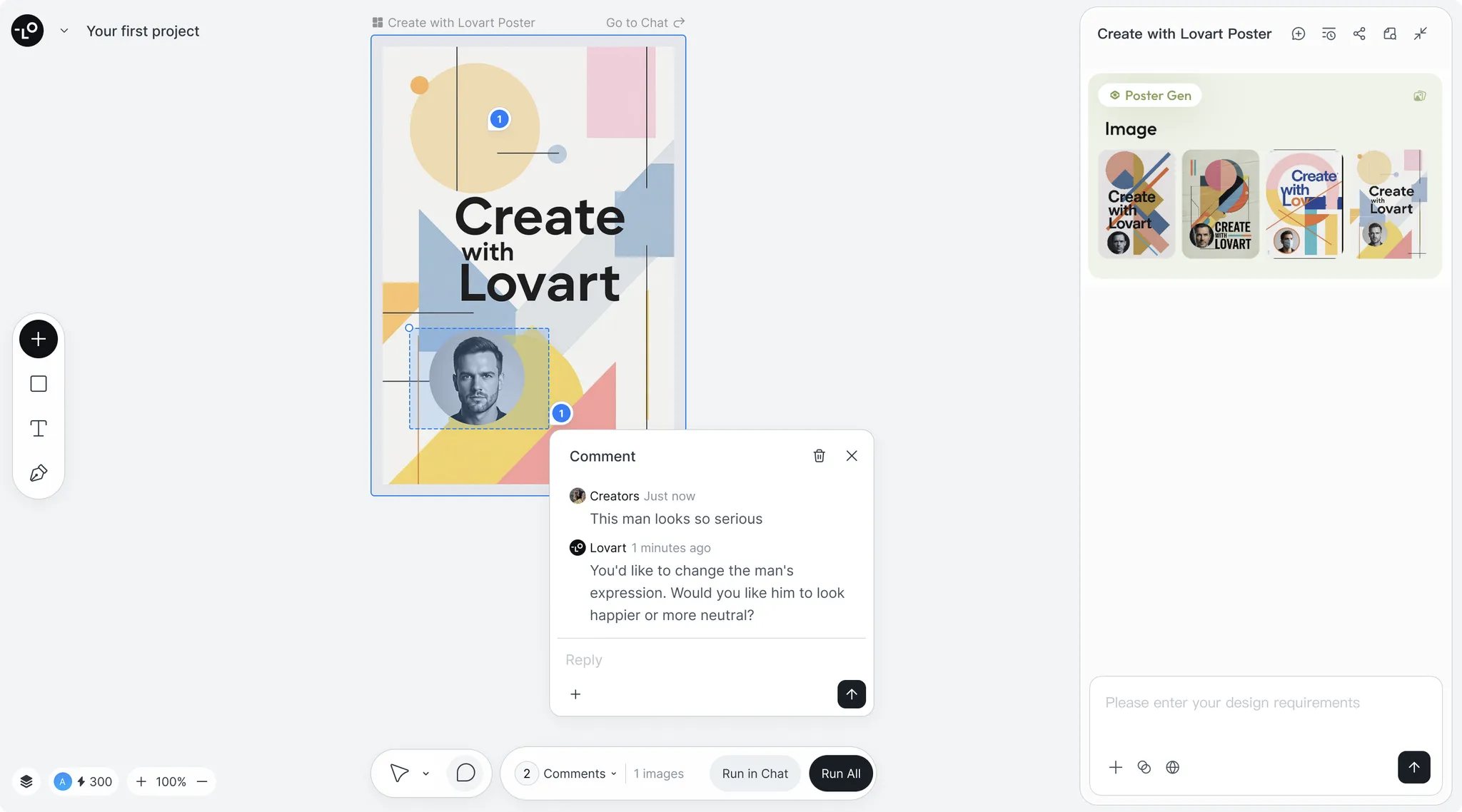
“At Lovart, we don't have product managers. We have designers who teach AI how to think, in a way that you might expect from a Creative Director,” says Lovart's CEO, Melvin Chen. “The canvas is the desk. The agent is your teammate. Together, they recreate the most natural way design happens that captures nuance, emotion and brand essence within a single prompt, enabling anyone to bring their creative visions to life, even without a design background.”
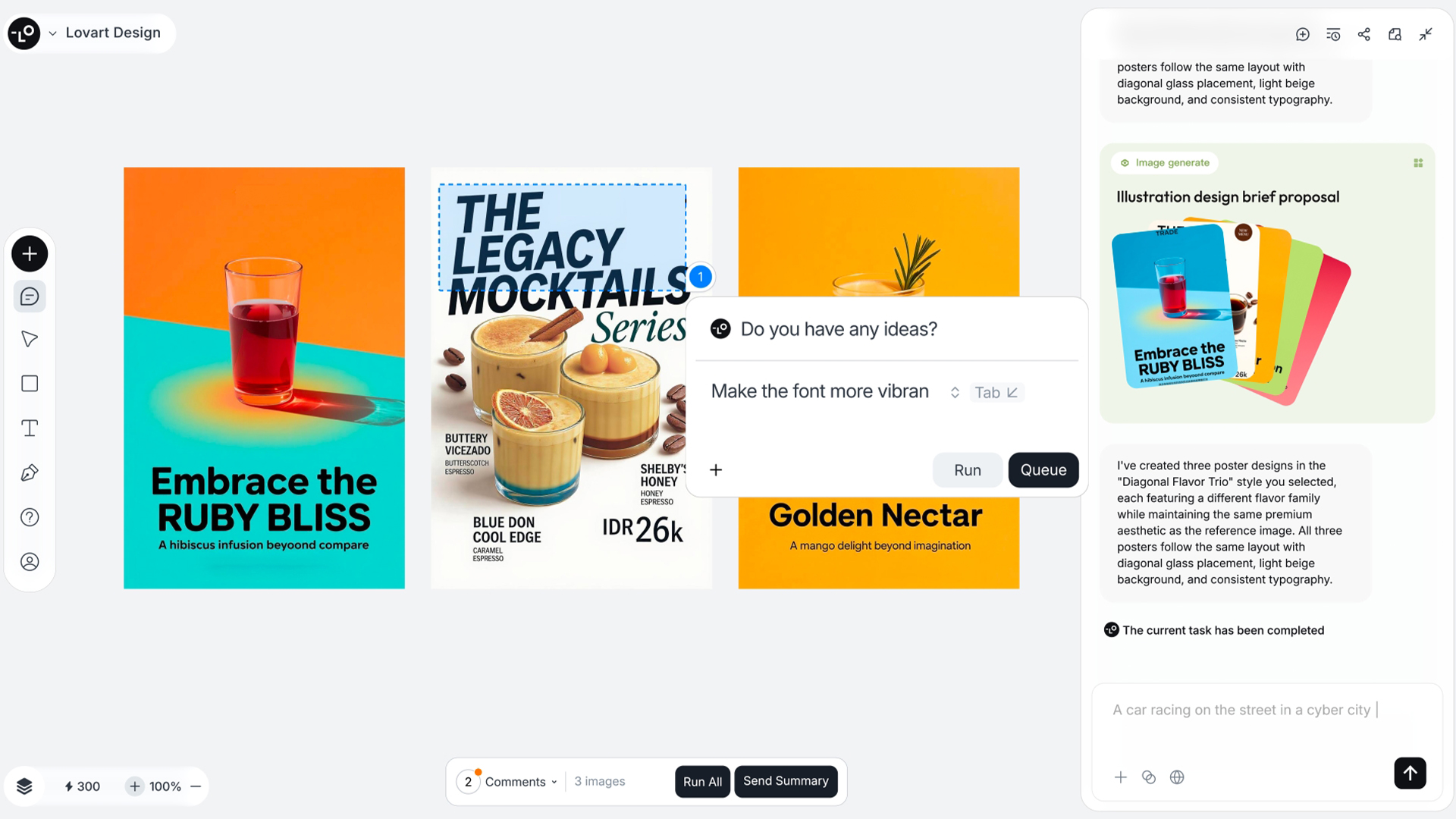
I find myself struggling to digest Chen's claims, given there's seemingly nothing "natural" to be found in prompt-based AI design. While Lovart undoubtedly makes large-scale design projects more accessible for small businesses, it's uncomfortable that the nuance of human talent is being lost to the machine.
Human-made design is imperfect, it sparks conversation, it brings joy, and it celebrates raw creativity, something that's lost in the churn of AI image generation and machine co-piloting. While Lovart naturally concerns me, I can only hope it'll prove the value of investing in design agencies – iconic design isn't made by AI; it's born out of an authenticity only possible through the human experience.
Daily design news, reviews, how-tos and more, as picked by the editors.
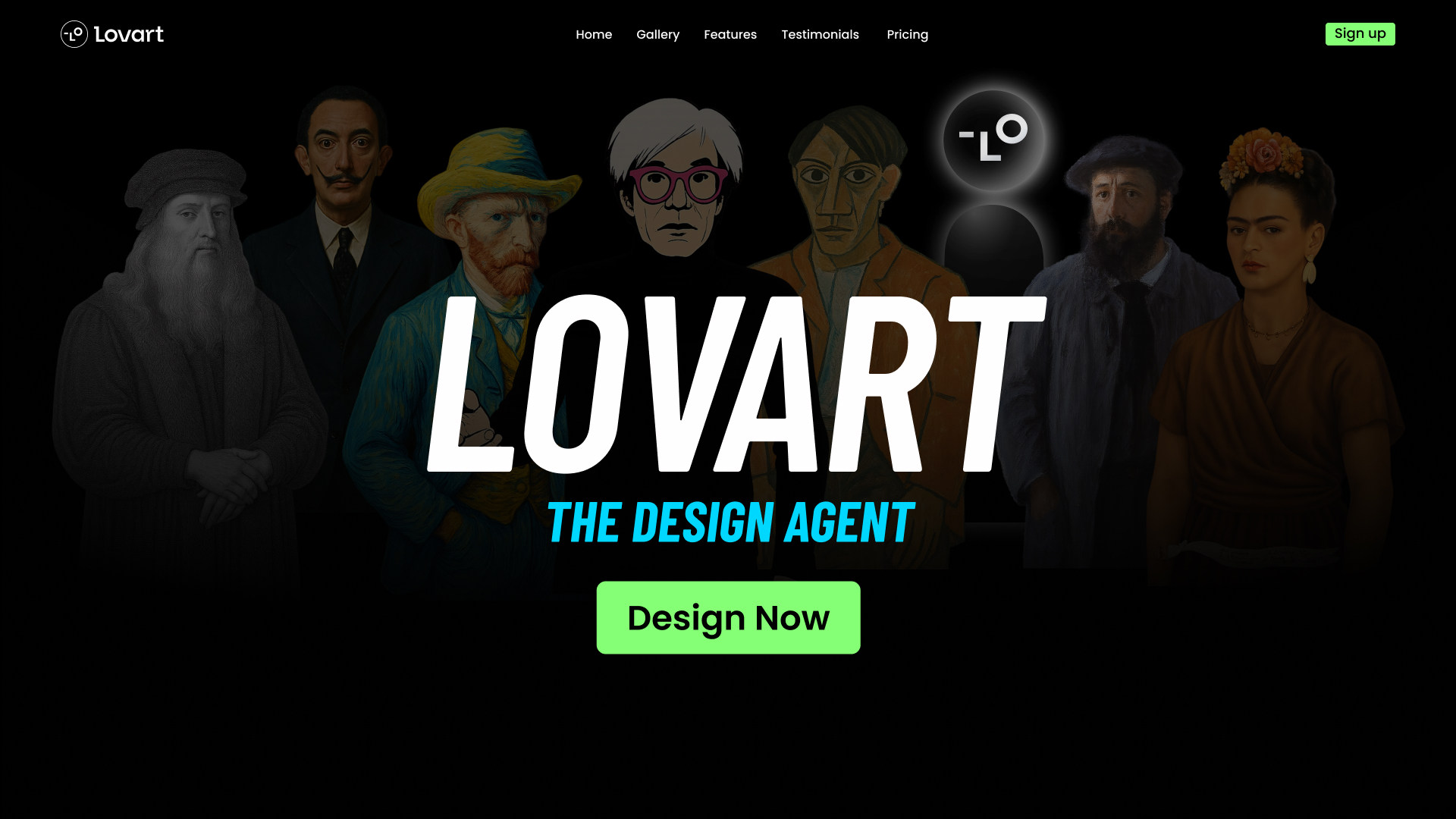
For more creative insight, take a look at how AI is impacting graphic design and take a look at why AI still needs artists.

Natalie Fear is Creative Bloq's staff writer. With an eye for trending topics and a passion for internet culture, she brings you the latest in art and design news. Natalie also runs Creative Bloq’s Day in the Life series, spotlighting diverse talent across the creative industries. Outside of work, she loves all things literature and music (although she’s partial to a spot of TikTok brain rot).
You must confirm your public display name before commenting
Please logout and then login again, you will then be prompted to enter your display name.
